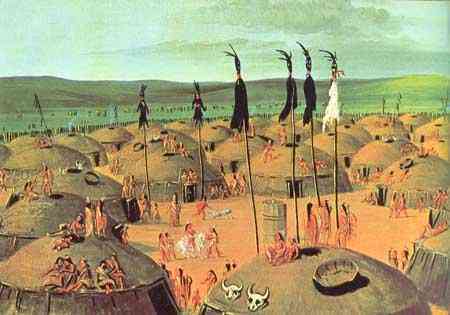Bears Belly

Bears Belly is an American folk hero just as much as he is an Indian one and is equal to George Armstrong Custer. His life tells the story of the Indian struggle for survival in a time and place where disease, war, and nature constantly challenged that same life within its boundaries. His is just one story in the archives of Indian history, which conveys a wide array of narratives and accounts of Indian life in the days of American settler encroachment.
Over the course of several posts, we will walk together through Bears Belly’s story of survival and fight for Arikara independence. We’ll see triumphs and failures, contradictions and double-dealing, and hope and life. Most of all, we’ll understand the time and people involved in the forming of this nation. And hopefully, we’ll gain a better picture of ourselves in the process.
Chapter One
1.0 Introduction

1.1 To Wipe Away Their Tears

1.2 Arikara Creation Story Part One

1.3 Sickness and Death

1.4 We Are All Related

Chapter 2
2.1 A Different World

2.2 A Young Apprentice

2.3 Boyhood and the Arikara Lifestyle

2.4 Enlisting As A Scout

Chapter 3
3.1 A Brewing Unrest

3.2 A Familial War

3.3 The 1874 Black Hills Expedition

3.4 Unceded Indian Territory

